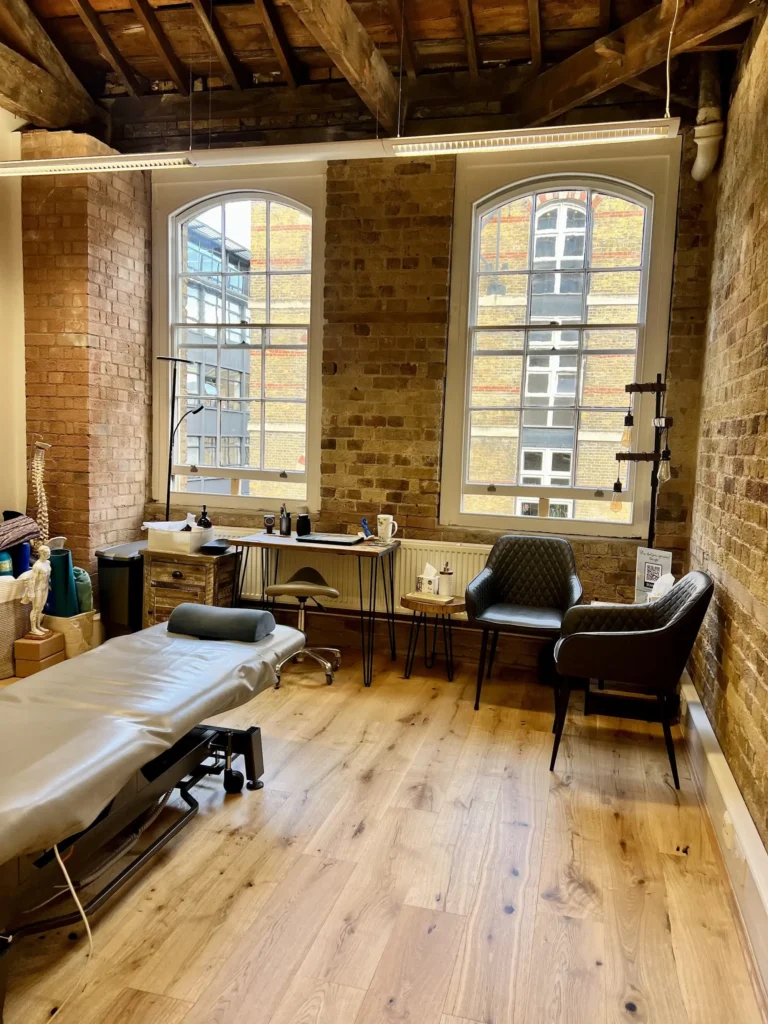Knee Pain
Conditions
Knee Pain
Knee pain is discomfort in or around the knee joint. It can be caused by injuries like ligament tears, arthritis, bursitis, tendinitis, and other conditions. Knee pain can significantly impact mobility and function.
Standard Medical Approach:
- Diagnosis: Physical exams, imaging tests like X-rays or MRIs.
- Treatment: Pain relievers, anti-inflammatories, physiotherapy, injections, and sometimes surgery.

Hito Holistic Approach
- Diagnosis: Comprehensive assessment including physical, neurological, myofascial, visceral, postural, energetical, emotional, and lifestyle factors.
- Treatment: Most of the knee problems are usually related to a restriction of one or two of the quadriceps muscles which can cause the kneecap (patella) to be higher and increase the friction underneath and in the joint or misalignment between the femur and the tibia or fibula. These misalignments easily generate from tension in the leg myofascial lines overall the spiral line. Often problems in the knee are coming from very tight hip and hip flexors or gluteus causing a shortening of the quad or and external rotation of the hip which then transforms into a misalignment in the knee or the ankle. Moreover, previous ankle sprain can generate a knee misalignment and later a knee pain. Beyond the standard orthopaedic approach which should be applied in any physiotherapy clinic, we look at the hip also from other perspective. For example, viscerally the knee is connected to the stomach, liver, spleen, gallbladder. These are all Solar Plexus organs and in fact in ayurvedic medicine the knee (like the elbow) reflects the third chakra associate with any form of life balance (relationships, nutrition, rest, exercise, work, etc). In Chinese medicine the front knee relates to the spleen (worries) and stomach (not digesting life events), the medial knee to liver (anger) and kidney (fears), the posterior knee to the bladder meridian (fear of expression, oppression, water), the external knee to the gallbladder (overthinking with frustration).
Myofascial induction therapy can manually remove any tightness in psoas, iliacus, gluteus, adductors and ITB/TFL. Mobilisations with tractions typical of Mulligan method can realign and recentre the hip joint. Visceral treatments can address the connections with the large intestine or internal/external scars from previous abdominal surgeries. The acupuncture and energy healing can resolve the energy imbalances in the meridians, organs and chakras. Hip mobility, flexibility and strengthening exercises can improve the range of motion and strength. Mindful strategies can help to resolve related traumas, calm the mind and bring relaxation mental and physical relaxation.
